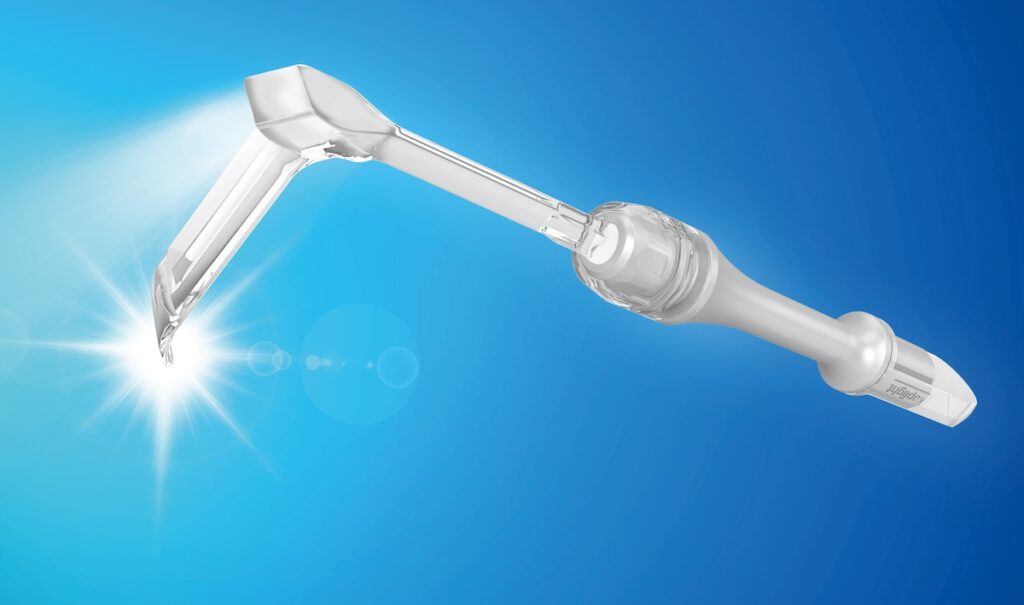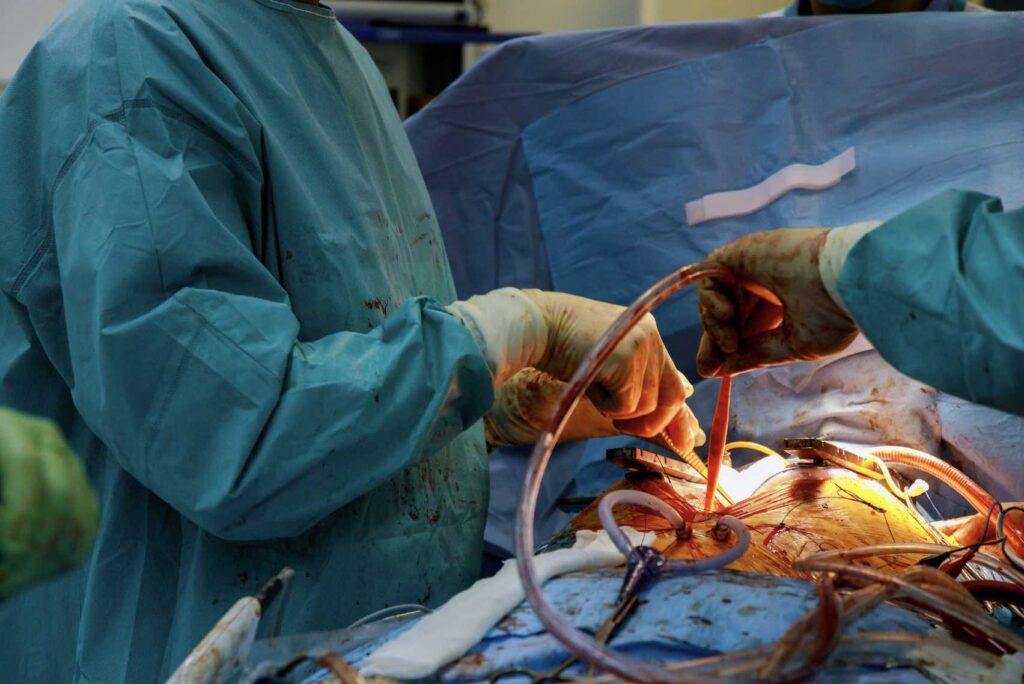Minimally invasive cardiothoracic surgery has gradually revolutionized the field of cardiothoracic surgery and is well on the way to becoming state-of-the-art for a series of cardiac procedures.
This type of surgery requires specialized instruments that can aid surgeons and have minimal risk and discomfort for the patient.
This article discusses why specialized instruments are needed in minimally invasive cardiothoracic surgery, what some of the key instruments are, and their benefits.
Why are specialized instruments needed for minimally invasive cardiothoracic surgery?
Minimally invasive cardiothoracic surgery requires surgeons to perform precise surgical procedures in very limited spaces. During these surgeries, surgeons make one or more small incisions in the right side of the chest.
These cuts are then used to reach the heart and the large vessels between the ribs. Technically, these are also more challenging for surgeons. This challenge lies in reaching and visualizing complex and delicate anatomical chest structures.
This means specially designed surgical instruments are valuable and even essential for achieving good surgical outcomes.
Commonly used instruments in minimally invasive cardio-thoracic surgery include:
- Articulated rib spreaders and soft tissue retractors
- Atrial retractor
- LED-lighted retractors
- Knot pushers
- Automatic knot-tying device
- Specialized aortic cross-clamps
- Long-shafted forceps, needle holders, and scissors
Rib spreaders
Minimally invasive cardiothoracic surgery is most commonly performed through the right anterior thoracotomy or through a right mini-thoracotomy. These are 4- to 6-cm cuts made between the ribs at various locations in the chest. As such, optimal rib retraction is essential for attaining good visualization.
The retractors used for this type of surgery are modified and often smaller versions of standard articulated rib spreaders. The most widely used rib retractors include the Finochietto, Burford Finochietto, Tuffier, and Harken rib spreaders.
These instruments are equipped with angled blades for securely gripping the tissues. Their blades are often fenestrated and smooth-edged, which helps redistribute tension and decrease soft tissue trauma.
The Tuffier rib spreader’s blades have unique serrations to prevent slippage. These are all self-retaining retractors designed to minimize user fatigue. This means they may be secured in place at the desired retraction width using a screw lock mechanism, so no continued manual force needs to be applied to maintain the retraction.
Atrial retractors
Atrial retractors are an essential tool in minimally invasive cardiac surgery. They provide access to the heart and facilitate insertion of other instruments during the procedure. Their main purpose is to create a larger working space and improve visualization of heart valves during minimally invasive aortic and mitral valve surgeries.
The most common type of atrial retractor used in minimally invasive surgery is a trans-thoracic wall retractor. The bar of this retractor is introduced through a separate small cut in the chest wall and can provide stable valve exposure. The retractor blade is hinged and adjustable, allowing excellent exposure regardless of anatomical variance. Additional blades may also be used for further retraction.
Another added benefit of trans-thoracic wall retractors is that they free up the main working port. This reduces “conflict” with other instruments and improves the surgeon’s view.
LED-lighted retractors
Handheld retractors with a self-contained LED light source may also be employed in these surgeries. LED-lighted retractors can help reduce challenges in access and visualization during surgery. They can also provide clearer visualization of anatomical structures. And for these reasons, they improve surgical accuracy.
Self-lighting retractors like our Yasui koplight can also access difficult-to-reach areas deep inside the body cavity. These areas may otherwise be difficult to visualize with traditional lighting methods. The light of a small retractor can illuminate the operating field while providing retraction.
Another benefit is that LED-light retractors can help reduce tissue damage by providing a more precise view of the surgical area. This reduces the risk of accidental injury to delicate chest vessels. And unlike older fiber-optic retractors, there are no interfering wires or risks for burns and OR fires.
In coronary artery bypass surgery, surgeons can use LED lighting to visualize the graft’s course. And then harvest identified graft vessels via a minimally invasive approach.
Knot pushers and auto-tying devices
The incisions for minimally invasive cardio-thoracic surgery are small. As such, surgeons cannot insert their hands into the chest cavity to tie sutures. Instead, they use knot pushers and auto-tying devices. These devices let surgeons tie knots quickly and accurately, and they reduce the risk of human error, as they’re designed to be precise and consistent.
Knot pushers are long-shafted instruments with distal hooks that allow surgeons to tie sutures outside the body and push them down into tiny incisions.
Auto-tying devices are handheld instruments that are an alternative to hand-tying in minimally invasive cardiac procedures. These single-use instruments are faster and produce stronger and more secure knots. They’re most commonly employed in minimally invasive cardiac valve replacement and repair surgeries.
Aortic cross-clamps
Aortic cross-clamps are an essential tool in minimally invasive cardiothoracic surgery. They help the surgeon isolate the heart from the rest of the circulation and put the patient on cardiopulmonary bypass. The surgeon can then operate in a bloodless and motionless field.
This type of surgery requires specialized aortic cross-clamps, such as the Glauber clamp. This is a completely detachable aortic clamping instrument specifically designed to work in small incisions and with limited working space. The benefits of the Glauber clamp in MICS include:
- Reduced size and weight of the whole cross-clamp delivery system
- A simplified gripping mechanism and easier detachment from the handle
- Easy engagement of the handle with the clamp head
- Easy insertion of the driver through the working port
- No need for orientation of the handle in case of a change of position of the clamp head
- The ring clamp can be attached through a wider range of approach angles
- Reduced size of the connection hubs
- Improved visibility during reattachment
Long-shafted forceps, needle holders, and scissors
Long-shafted instruments such as forceps, needle drivers, and scissors are the last set of instruments that are essential for minimally invasive cardiothoracic surgery.
These instruments are standard instruments, such as DeBakey forceps and Metzenbaum scissors, which were modified to have extra-long handles. The extra length lets surgeons insert them into the small chest ports used in MICS. They can then be used like extensions of the surgeon’s arm, accessing areas of the heart that are otherwise difficult or impossible to reach because of the minimally invasive approach.
Add more light to minimally invasive procedures
The Yasui koplight is a handheld LED-lighted retractor. Its award-winning design can help you achieve retraction while projecting strong, self-contained beams of light. See more here and download a brochure, or contact us directly whether you’re a distributor, clinician, or anyone seeking a brighter solution for surgery.


